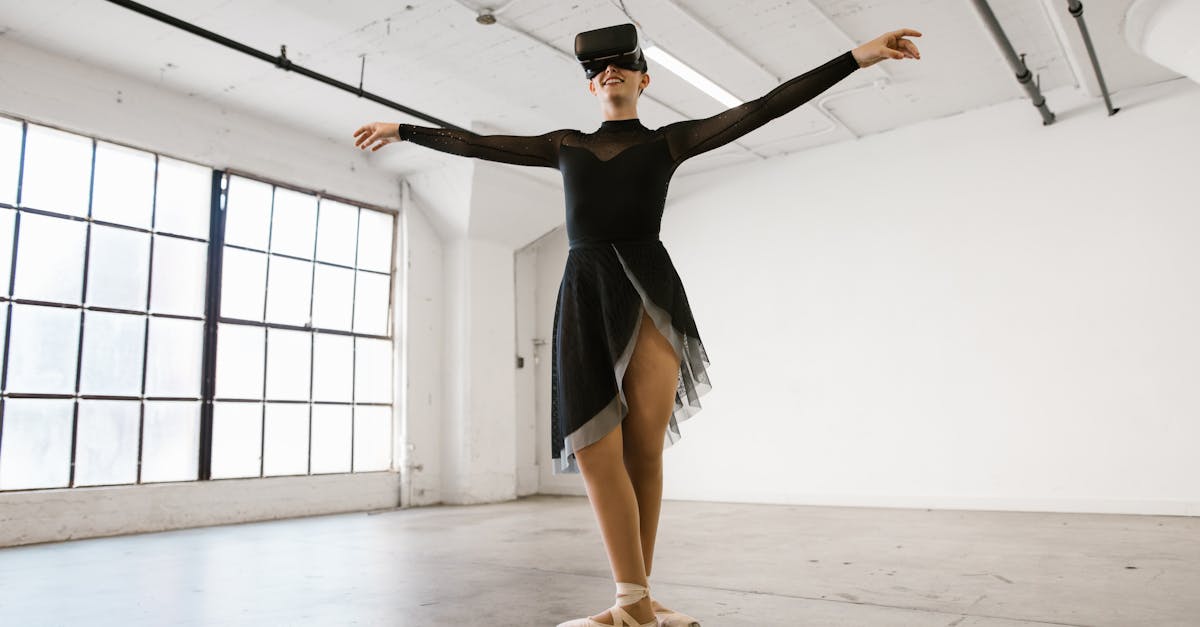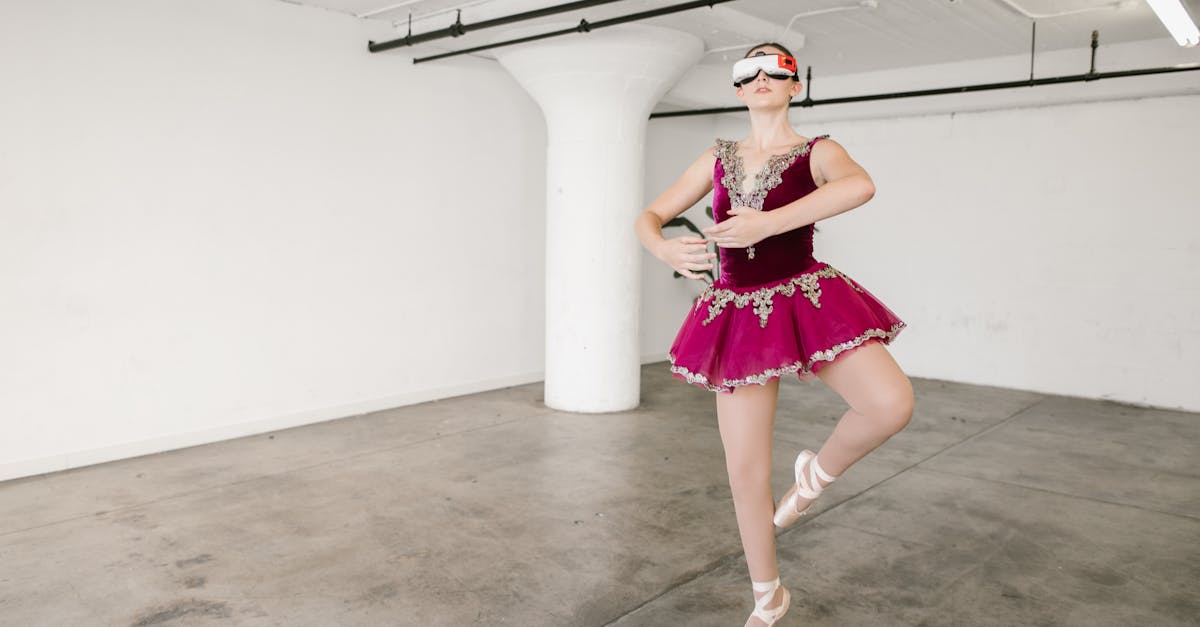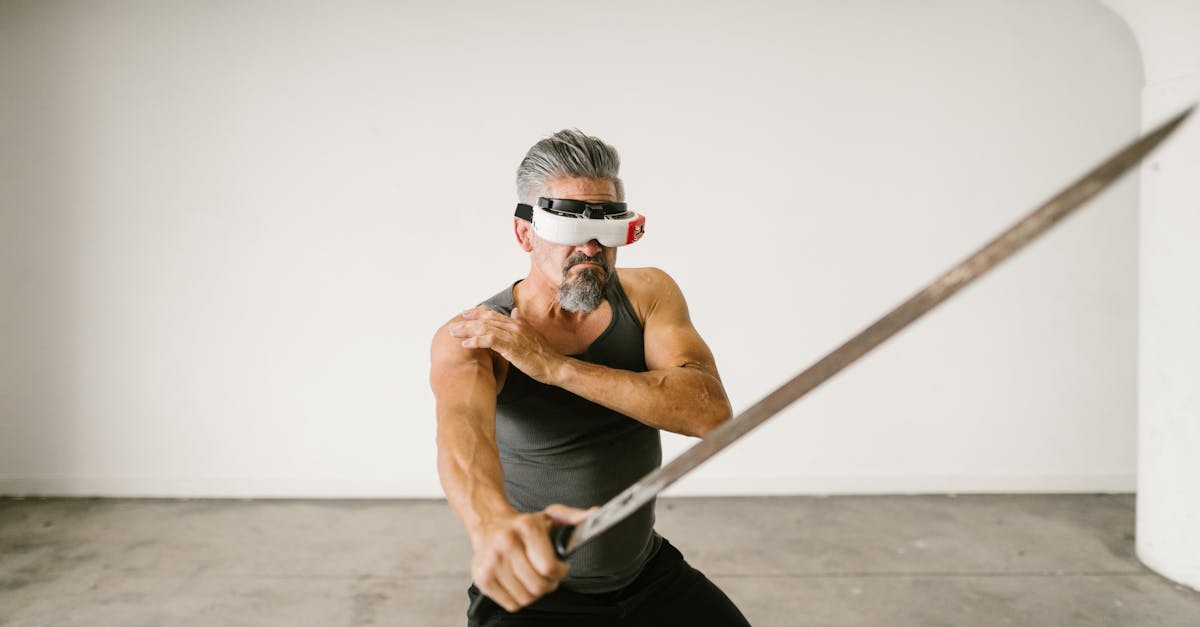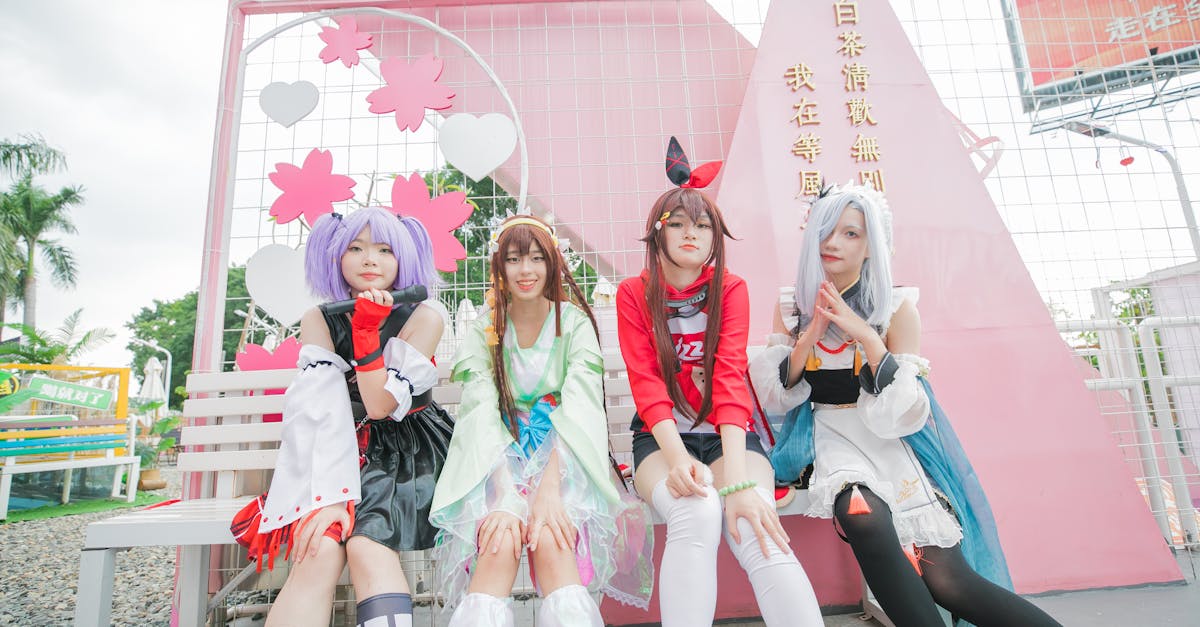Future Forward Visions In Arts Entertainment
Introduction
In an age marked by rapid technological advancements, the arts and entertainment industry stands on the brink of transformative changes. From virtual reality (VR) to artificial intelligence (AI), emerging technologies are reshaping the way we create, consume, and experience art in a future-forward world. But what exactly are these changes, and how might they redefine our interaction with art? As artists and creators explore cutting-edge tools, new possibilities unfold, challenging traditional notions of creativity and audience engagement. This exploration into future-forward visions in arts entertainment offers both a glimpse into tomorrow's creative landscape and a deeper understanding of technology's role in shaping culture. Herein, we delve into how these innovations are set to revolutionize the arts sector.
Advertisement
Virtual Reality: Immersive Art Experiences
Virtual reality is enhancing the art experience by immersing audiences in environments previously unimaginable. Artists can create entire worlds, allowing users to explore paintings or installations interactively. For instance, museums can offer virtual tours, granting access to their collections from anywhere in the world. VR technology doesn't just replicate reality; it creates new dimensions of it. Whether walking through a digitally recreated version of Van Gogh's "Starry Night" or diving into a 3D soundscape, VR promises unprecedented engagement. With headsets becoming more affordable, virtual reality could become a staple in how we experience art, breaking geographical and financial barriers in art access.
Advertisement
Artificial Intelligence: The New Artist
AI is poised to redefine creativity, blurring the lines between human and machine artistry. AI algorithms can generate original paintings, compose music, and even write screenplays. These creations challenge the notion of human exclusivity in the arts, prompting debates over authorship and artistic merit. While some view AI as a competitor, others see it as a collaborator—an extension of the artist's toolset—enhancing the creative process. Programs like DeepArt and Google’s DeepDream have already shown how AI can produce stunning visual art. As AI learns from vast data sets, the potential for new styles, methodologies, and art forms is limitless.
Advertisement
Augmented Reality: Blending Real and Digital Worlds
Augmented reality (AR) overlays digital elements onto the physical world, offering a mixed-reality experience that is transforming art displays and performances. Imagine walking through a gallery where informative visuals accompany artworks, providing deeper context or interacting with a sculpture through your smartphone. This technology extends beyond visual arts. In theater, AR can create dynamic stage environments that change with each scene. Musicians can augment their performances with digital enhancements visible only through AR lenses. By integrating AR into art, creators and performers can engage audiences directly, making art more dynamic and participatory.
Advertisement
Blockchain: Protecting Digital Art
Blockchain technology is emerging as a solution to persistent issues of ownership and provenance in the digital art world. With it, creators can authenticate artworks through digital certificates or tokens, ensuring originality and preventing forgery. Platforms like Ethereum facilitate the sales of NFTs (non-fungible tokens), unique digital assets representing ownership of a specific piece of content. NFTs have gained massive traction, with high-profile sales making headlines, fundamentally altering how art is bought and sold. By offering a transparent and traceable history of art pieces, blockchain ensures artists receive due recognition and compensation.
Advertisement
Streaming Platforms: New Frontiers in Entertainment
Streaming platforms continue to democratize content distribution, allowing independent creators to showcase their work to a global audience. Unlike traditional art and entertainment channels, these platforms provide a space for diverse voices and niche interests. For example, services like Spotify allow musicians to bypass record labels, while platforms like YouTube and Twitch host content from around the world, ranging from gaming to live performances. As Internet speeds and mobile accessibility improve, streaming will reign supreme in how art is disseminated and consumed, further merging global artistic expressions.
Advertisement
Interactive Digital Experiences: Audience As Collaborators
The interactive aspect of digital art and entertainment lets audiences become co-creators, altering narratives through their decisions. Video games blur the lines between passive viewing and active participation, offering players an immersive narrative journey. But it's not just games—interactive documentaries like "The Last Goodbye" allow viewers to choose how they experience stories. This model questions conventional storytelling forms, highlighting a shift towards a more engaged audience. As technology advances, audience interaction could redefine creators' views on control and creativity.
Advertisement
Sustainability in Digital Art Creation
As technological advances revolutionize the arts, environmental concerns take center stage in digital art creation. There’s an increasing focus on the sustainability of digital infrastructures behind these new art forms, especially concerning energy consumption tied to blockchain and large-scale digital installations. Conscious creators are finding innovative solutions, such as solar-powered gallery exhibits and eco-friendly VR applications. Embracing low-energy technologies minimizes the environmental footprint, aligning the art industry with global sustainability efforts and setting a precedent for responsible technological growth.
Advertisement
Challenges and Ethical Considerations
While technology offers vast possibilities, it also presents ethical and practical challenges needing critical attention. For instance, the use of AI in creativity questions the nature of originality and threatens traditional jobs in creative fields. Moreover, issues surrounding the environmental impact of blockchain require ongoing discourse and innovation. Privacy concerns arise with AR and VR's data collection methods, necessitating policies that respect user integrity. As the fusion of technology and the arts continues, a mindful approach is imperative to balance creative freedom, environmental responsibility, and ethical integrity.
Advertisement
Conclusion
In the digital age, arts and entertainment are poised for an era of transformation driven by technology. Virtual reality, artificial intelligence, and augmented reality stand at the forefront of this shift, offering exciting new ways to create and engage. Yet with these innovations, challenges persist, urging us to consider sustainability and ethical implications. As we explore future-forward visions, the blending of art and technology promises not only to enhance expression but also to redefine our cultural conversation. Ultimately, it's a future where technology is not just a tool, but an intrinsic partner in artistic evolution.
Advertisement








